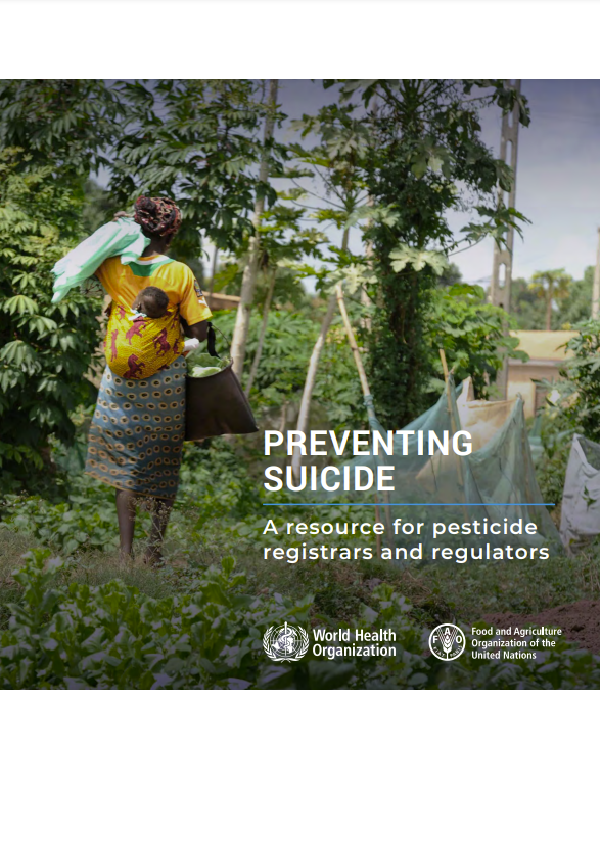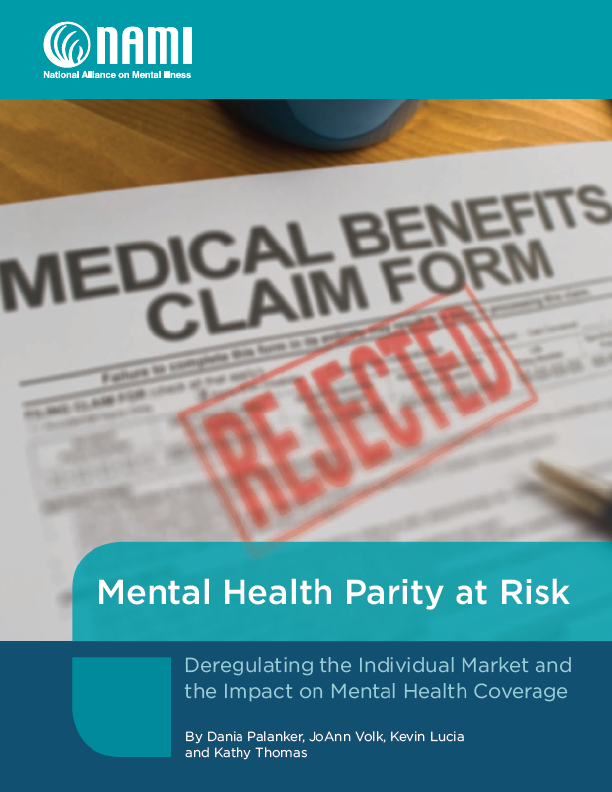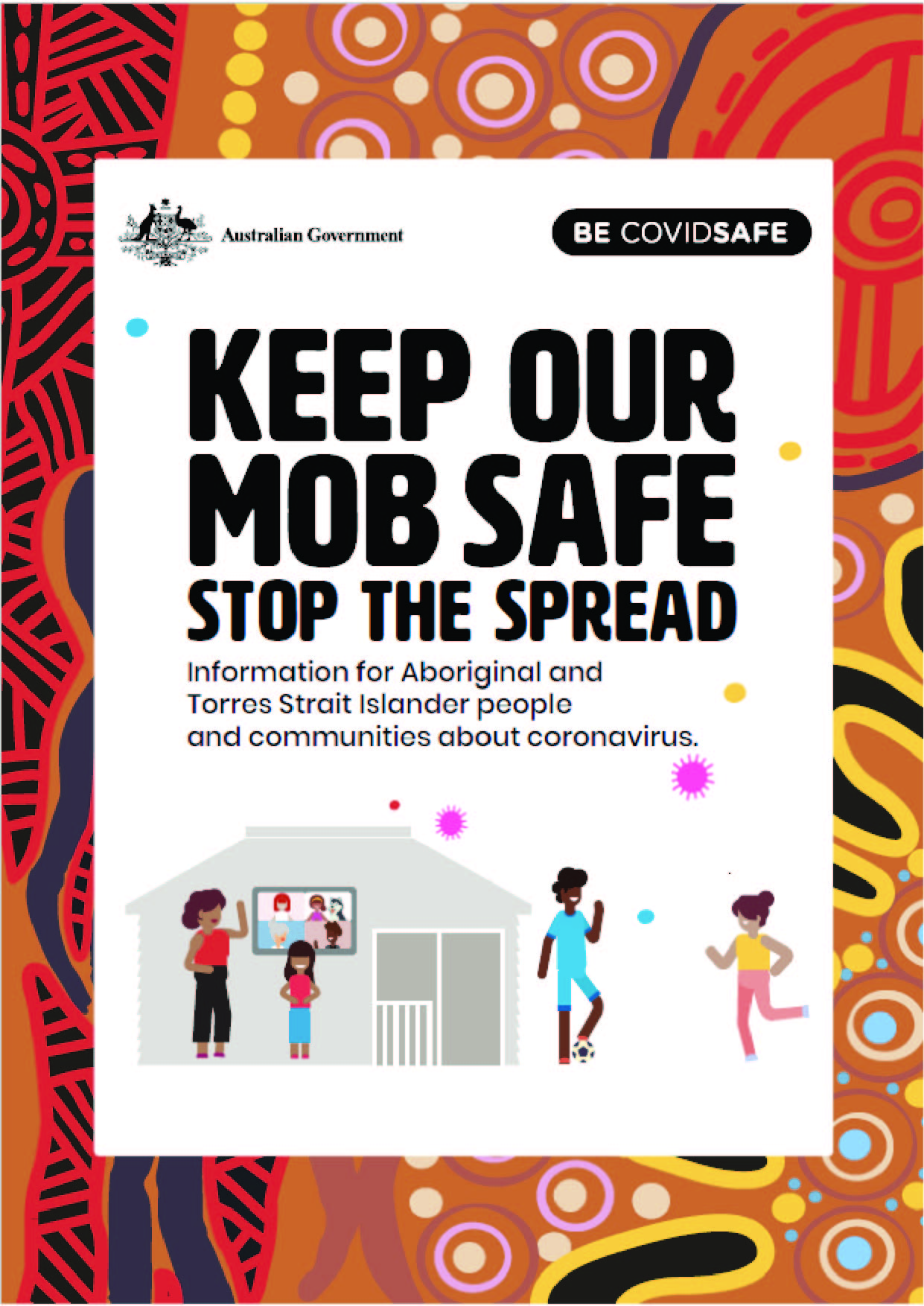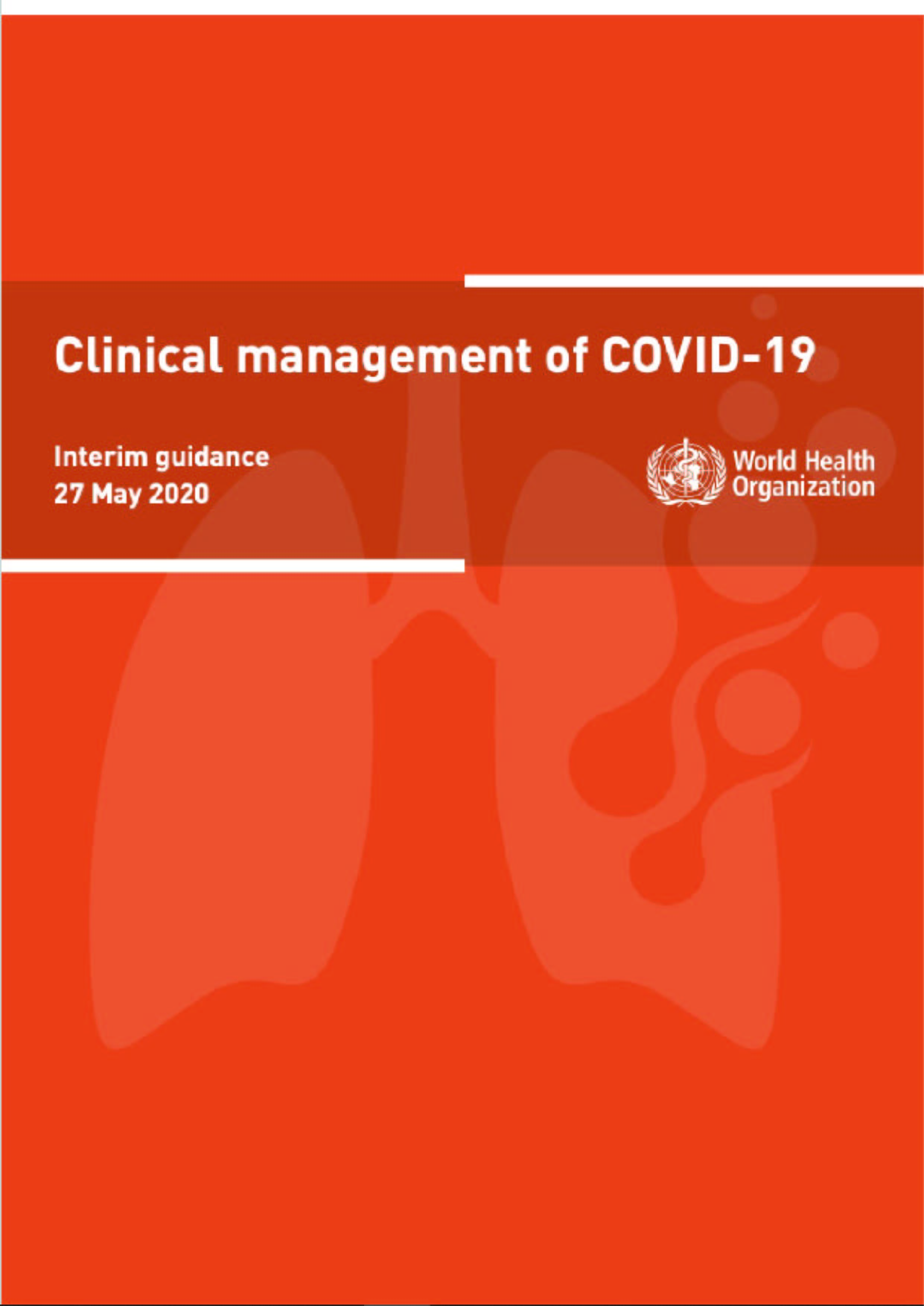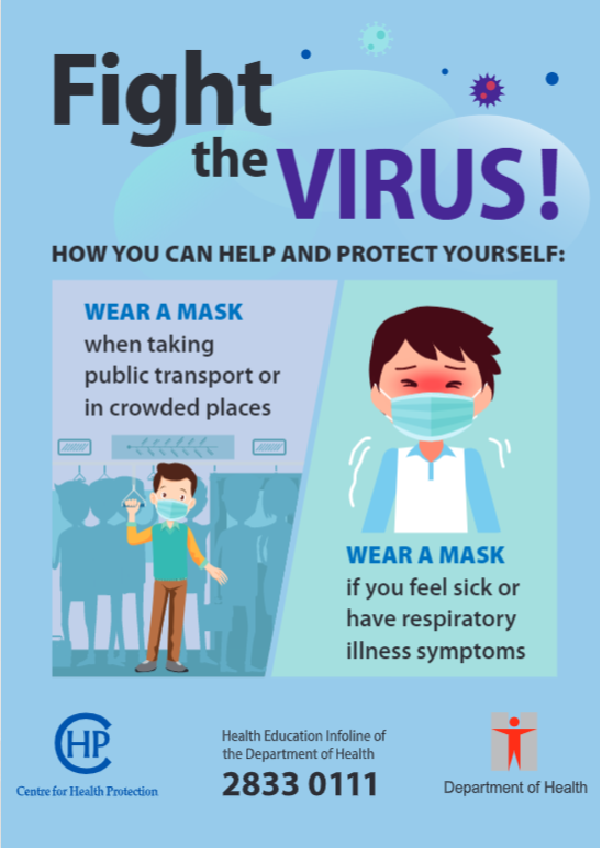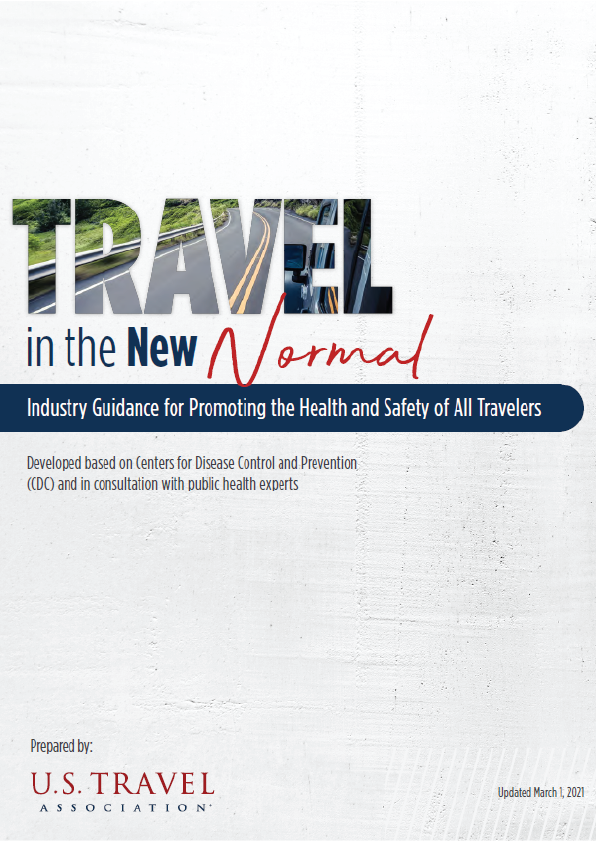Pesticide registrars and regulators have a key role to play in ensuring food security for their populations and in preventing vector-borne diseases. Their tools often include the use of chemical pesticides. Without these pesticides, food insecurity would have been greater and the incidence of vector-borne disease higher over the last 70 years. However, pesticides are designed to be toxic to living organisms and are often not selective in their toxicity. There is growing recognition of alternatives to intensive pesticide use – including integrated pest management (IPM) and integrated vector management (IVM) approaches as promoted by the World Health Organization (WHO) and the Food and Agriculture Organization of the United Nations (FAO) (FAO, 2016). There is also growing awareness that sustainable crop production is possible using agroecology.
Over time, it has become evident that some pesticides are extremely toxic to humans. Long-term occupational or domestic exposure can result in chronic illnesses – including dermatitis, respiratory problems and cancer, as well as reproductive, neurodevelopmental and behavioural disorders. Some pesticides cause acute poisoning and have resulted in many deaths. In some cases, the acute toxic effects of pesticides are reversible if the right treatment is administered in time. In other cases (e.g. paraquat and aluminium phosphide), no effective treatment is available.
WHO and the United Nations Environment Programme (UNEP, or UN Environment) have shown the high cost to human health and the environment from continued pesticide use (WHO & UNEP, 1990; UNEP, 2013). Furthermore, the International Labour Organization (ILO) recognizes the harms caused to farm workers who work with highly hazardous pesticides (ILO, 2019). The FAO Council has suggested that the actions of FAO could include pesticide risk reduction, including the progressive ban on highly hazardous pesticides (FAO, 2006).
Vector control, if based on indoor residual spraying, is mainly carried out by large-scale government programmes or, in some countries, private pest-control agencies. However, in many farming communities around the world, agricultural pesticides are present in homes and workplaces, where they are used on both food and non-food (e.g. cotton) crops as well as for grain storage. Pesticides are also commonly used in urban settings for household pest control; in some countries hazardous agricultural pesticides are commonly decanted into unmarked containers and sold for domestic pest control (Rother, 2010).
Many people know others who have had suicidal thoughts or who have harmed themselves. WHO’s World Mental Health Surveys indicate that around 3% of people make a suicide attempt at some point in their lives (Nock et al., 2008). Risk factors for suicide are multifaceted and include factors that are psychological (e.g. depression), social (e.g. family conflicts), cultural (e.g. religious views about suicide) and economic (e.g. poverty, debt, bankruptcy). Self-poisoning is the most frequently used method for attempting suicide, and suicidal people often act impulsively by ingesting the most readily accessible poison. In low- and middle-income countries (LMICs) this is often a pesticide (Eddleston, 2000; Mew et al., 2017). The high toxicity of many pesticides means that such suicide attempts often lead to death, particularly in situations where medical facilities are far away or where no effective treatment is available.
Experience in some countries has shown that replacing the agricultural pesticides that are most toxic to humans with less hazardous products significantly reduces deaths and illness from pesticide exposure without affecting agricultural yield (Gunnell et al., 2017; Manuweera et al., 2008).
Pesticide registrars and regulators therefore have a major role in preventing suicides through such activities as strengthening the lifecycle management of pesticides – particularly requirement for data on risk assessment for product registration – phasing out highly hazardous pesticides, proper management of unused stocks in communities and households, and raising awareness about pesticide suicides.
Prevention of pesticide suicides is relevant to achieving the United Nations Sustainable Development Goals (SDGs) and indicators, such as: Goal 2 (End hunger, achieve food security and improved nutrition and promote sustainable agriculture, with indicator 2.4.1 on Proportion of agricultural area under productive and sustainable agriculture) and Goal 3 (Ensure healthy lives and promote well-being for all at all ages, with indicator 3.4.2 on reduction of suicide mortality rate). United Nations Member States have committed to achieving the SDGs and governments now need to ensure that these goals are achieved by 2030.
This resource sets out the case for regulatory actions around highly hazardous pesticides with the aim of helping pesticide registrars and regulators in their work of reducing deaths and illness associated with these products, particularly in rural agricultural communities.
